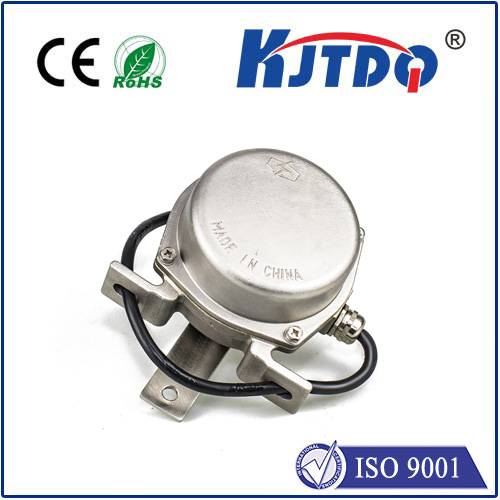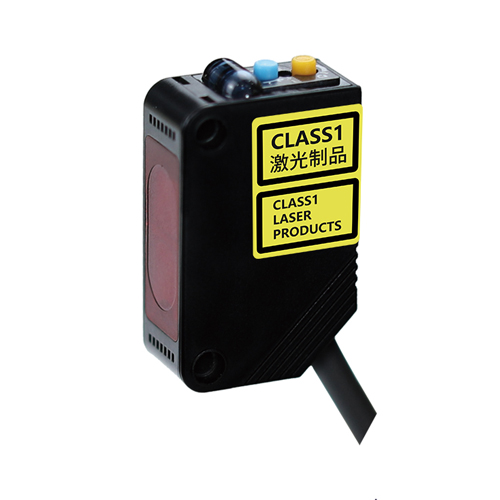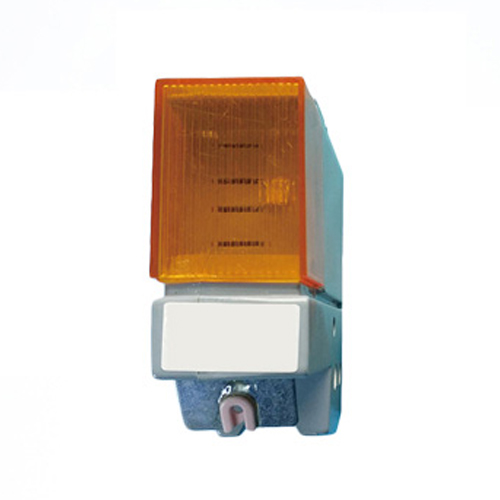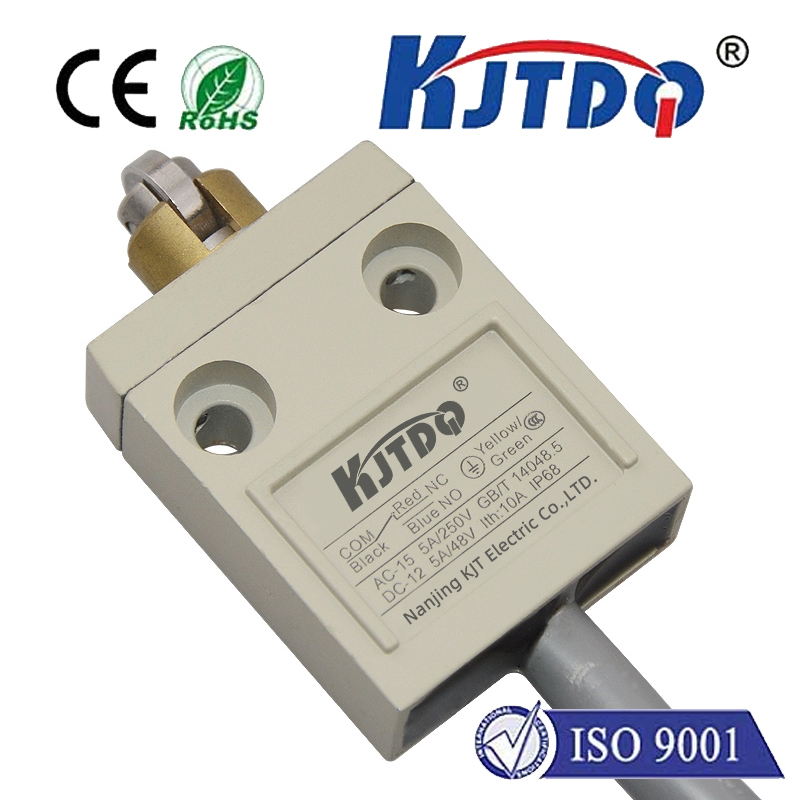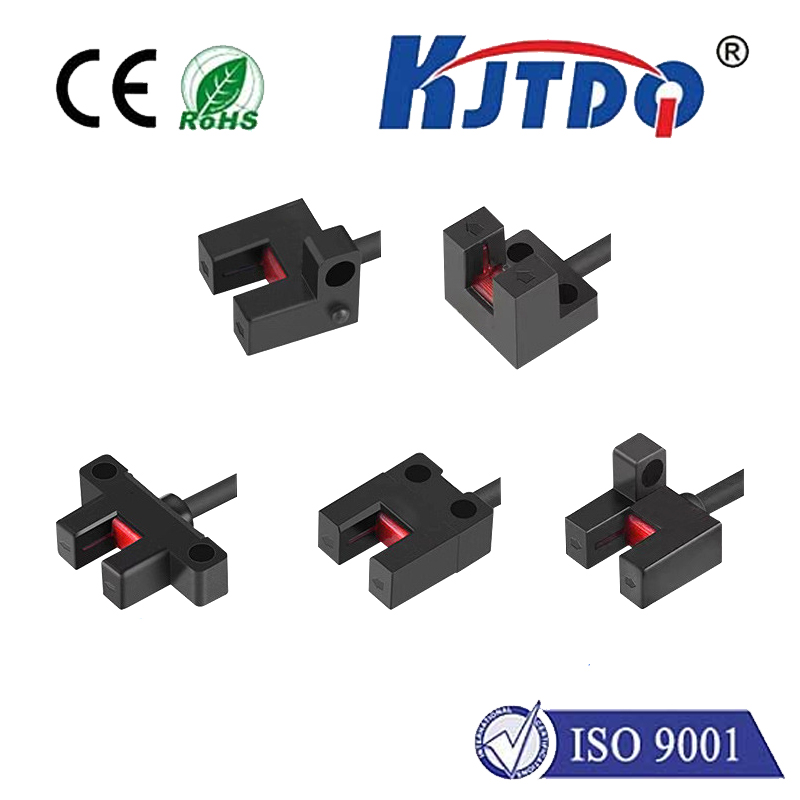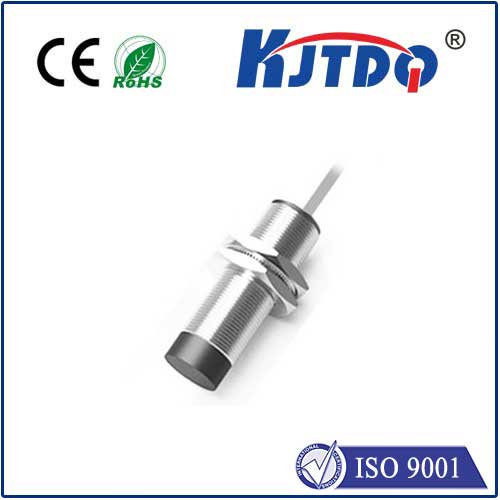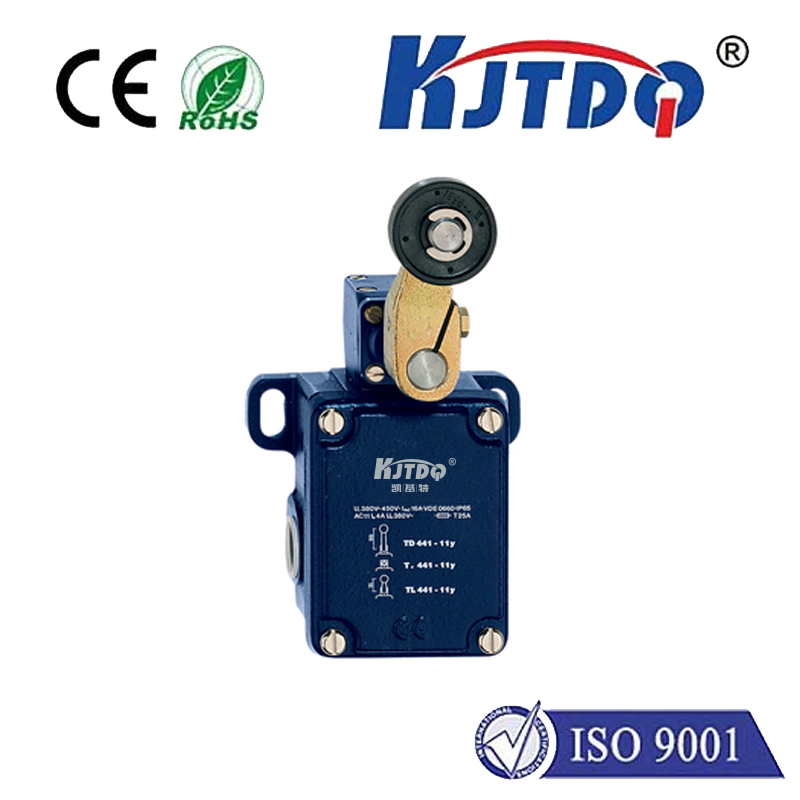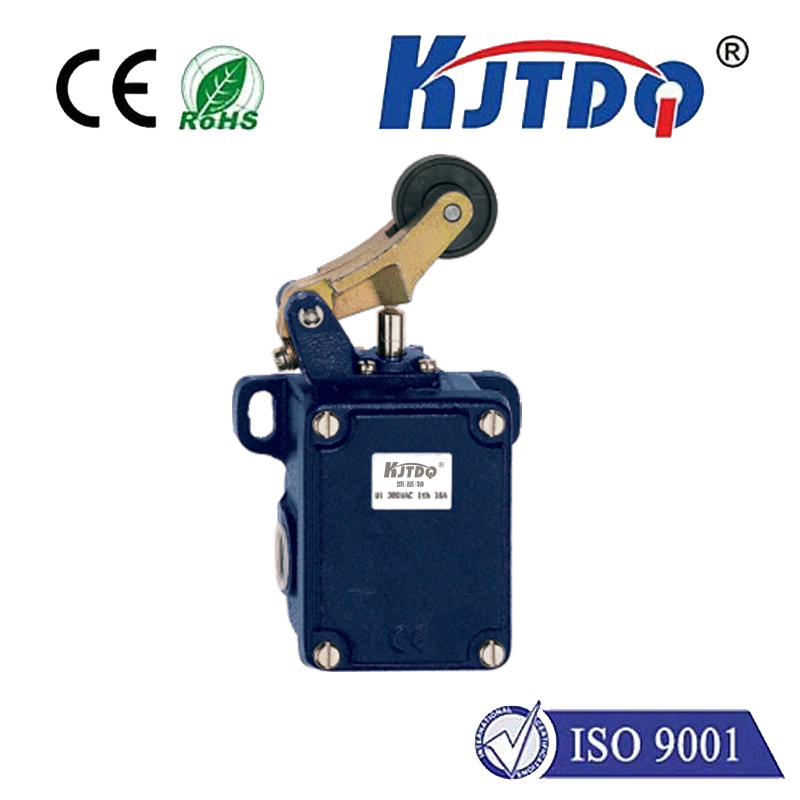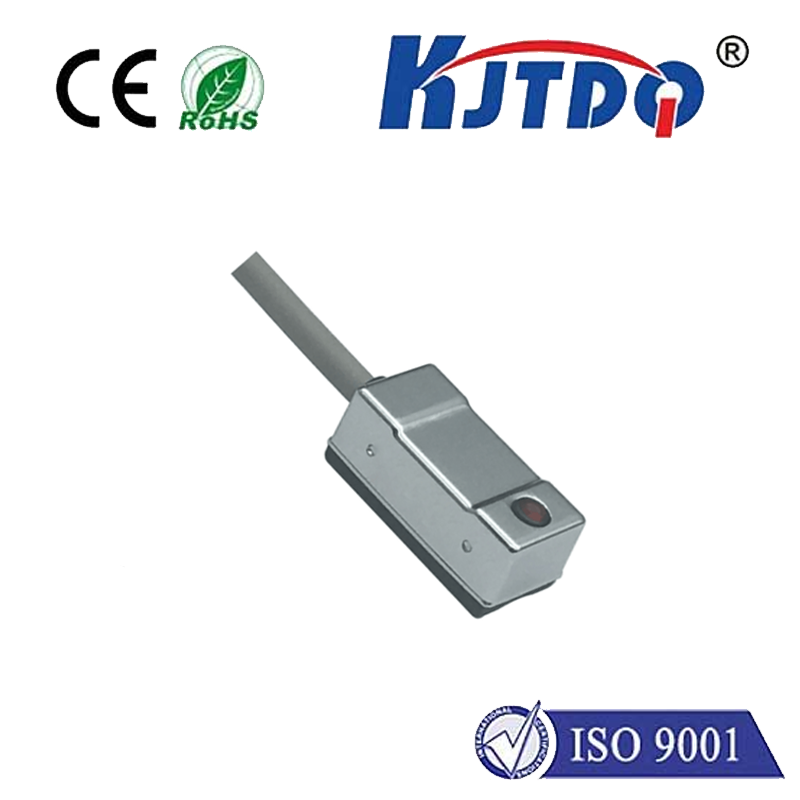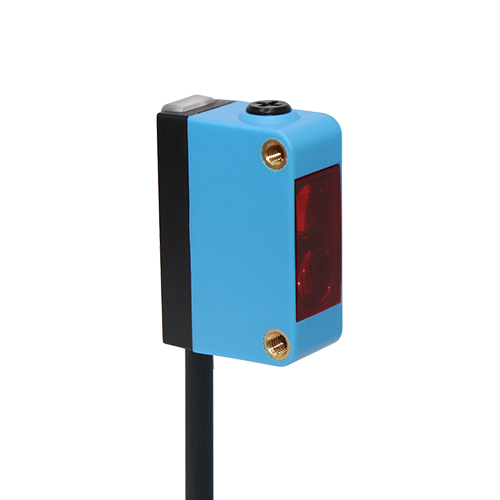Radar Position Sensor: Enhancing Precision and Safety in Modern Applications
In today’s rapidly evolving technological landscape, the integration of advanced sensors has become a cornerstone of innovation across industries. Among these, radar position sensors stand out as a critical component in ensuring accuracy, efficiency, and safety in various applications. These sensors are not merely tools for measurement—they are essential in enabling smarter systems, from autonomous vehicles to industrial automation. This article explores the fundamentals of radar position sensors, their working principles, and their transformative impact on modern technology.
Radar position sensors utilize radar technology to determine the position, speed, and direction of objects in real time. Unlike traditional position sensors that rely on optical or mechanical methods, radar sensors operate using electromagnetic waves to detect and measure distances. This non-contact approach offers several advantages, including high precision, the ability to operate in adverse conditions, and the capacity to detect objects beyond visual range. In the context of industrial and automotive applications, radar position sensors are indispensable for ensuring accurate positioning and navigation.

The core function of a radar position sensor lies in its ability to emit a radar signal and analyze the reflected signal to determine the object’s position. The emitted signal travels through the air, reflects off an object, and returns to the sensor. The time it takes for the signal to return is used to calculate the distance from the sensor to the object. Additionally, the frequency of the reflected signal provides information about the object’s speed and direction. By combining these data points, radar position sensors enable precise and reliable positioning.
In the automotive industry, radar position sensors are integral to the development of autonomous vehicles. These sensors work in conjunction with other systems, such as LiDAR and cameras, to create a comprehensive understanding of the vehicle’s surroundings. For instance, in autonomous driving systems, radar sensors are used to detect obstacles, track other vehicles, and maintain safe distances. This real-time data allows the vehicle to make informed decisions, enhancing both safety and efficiency.
Beyond autonomous vehicles, radar position sensors are also vital in industrial automation. In manufacturing and logistics, these sensors are used to monitor the position of machinery, track materials, and ensure precise assembly. Their non-contact nature makes them ideal for environments where traditional sensors may be impractical or inaccurate. Moreover, radar position sensors are widely used in robotics, where they help robots navigate and interact with their surroundings with high precision.
The advantages of radar position sensors extend to various sectors, including aerospace, defense, and healthcare. In aerospace, they are used for navigation and object detection in aircraft and spacecraft. In defense, radar position sensors play a crucial role in surveillance and target tracking. In healthcare, they are employed in medical imaging and robotic surgery to enhance precision and reduce errors.
Despite their many benefits, radar position sensors are not without challenges. One of the primary considerations is the accuracy of the sensor in different environmental conditions, such as rain, fog, or dust. Additionally, the integration of radar position sensors with other systems can be complex, requiring advanced software and hardware compatibility. However, ongoing advancements in radar technology and sensor design continue to address these challenges, making radar position sensors more reliable and versatile.
In conclusion, radar position sensors are a cornerstone of modern technology, offering unparalleled precision and reliability in a wide range of applications. From autonomous vehicles to industrial automation, their role in enhancing safety, efficiency, and accuracy is undeniable. As technology continues to evolve, the future of radar position sensors looks promising, with ongoing research and development ensuring that they remain at the forefront of innovation. Whether in the automotive industry, manufacturing, or aerospace, radar position sensors are essential in shaping the next generation of intelligent systems.
